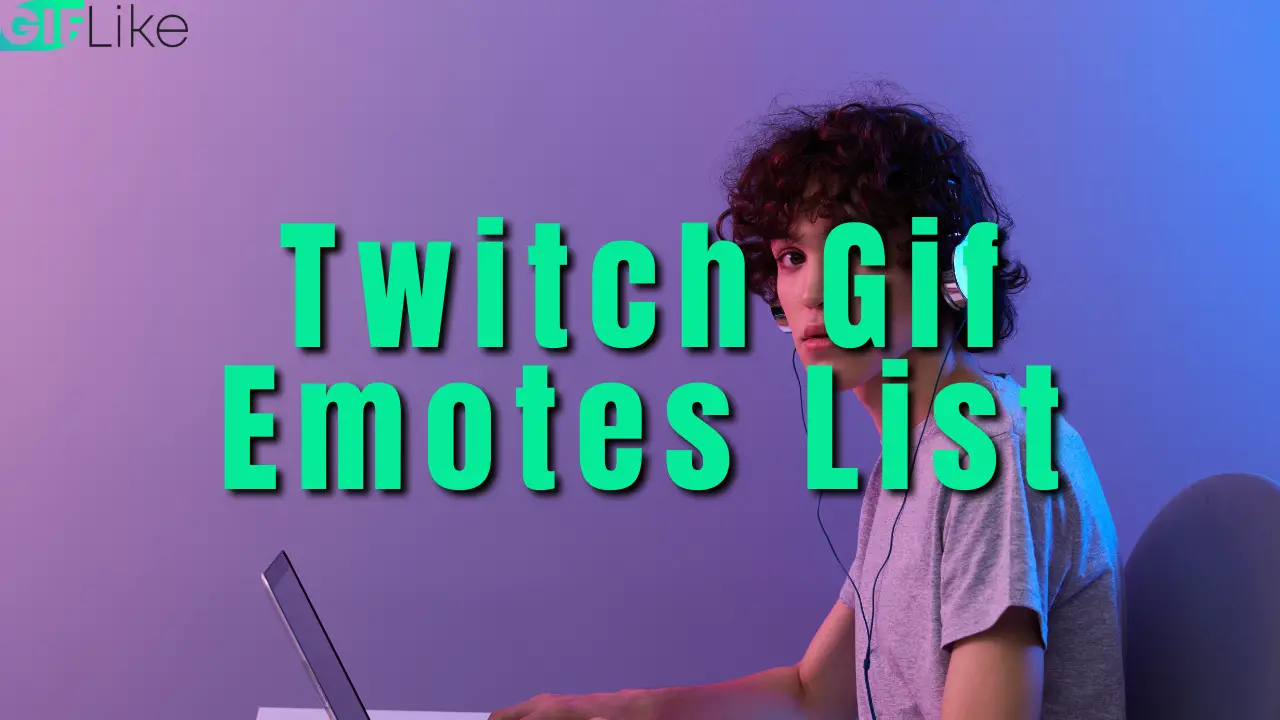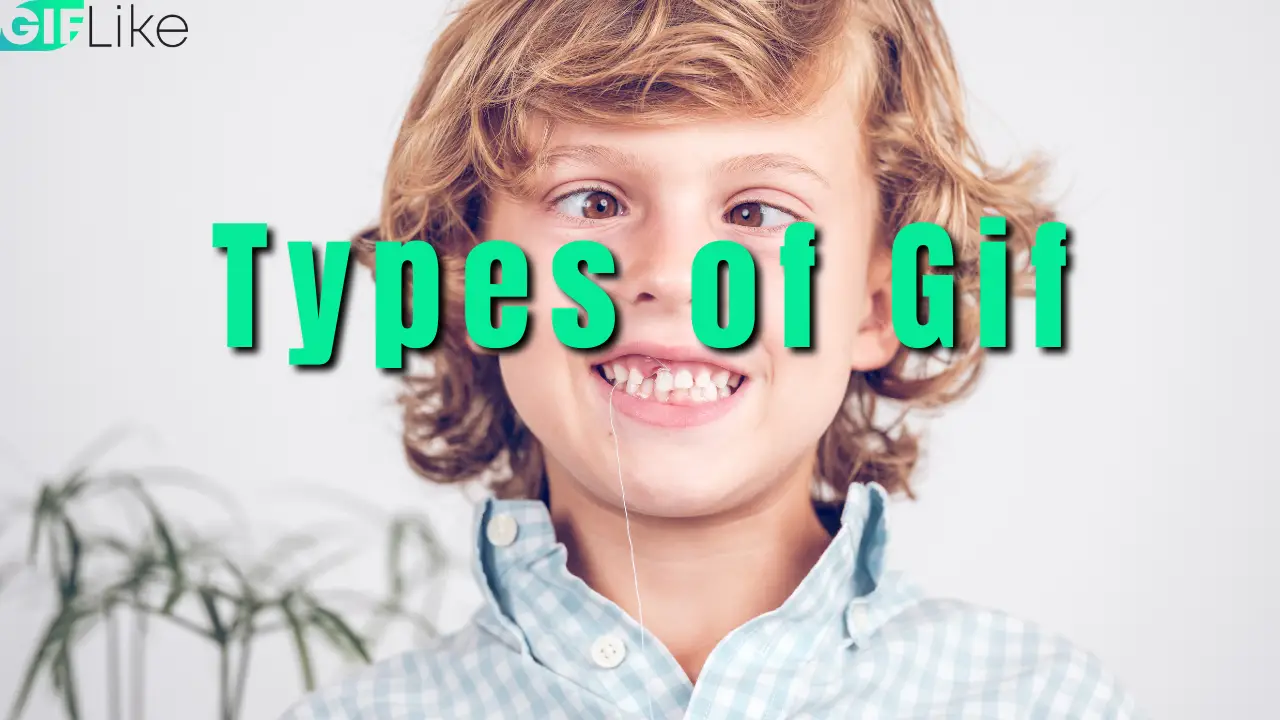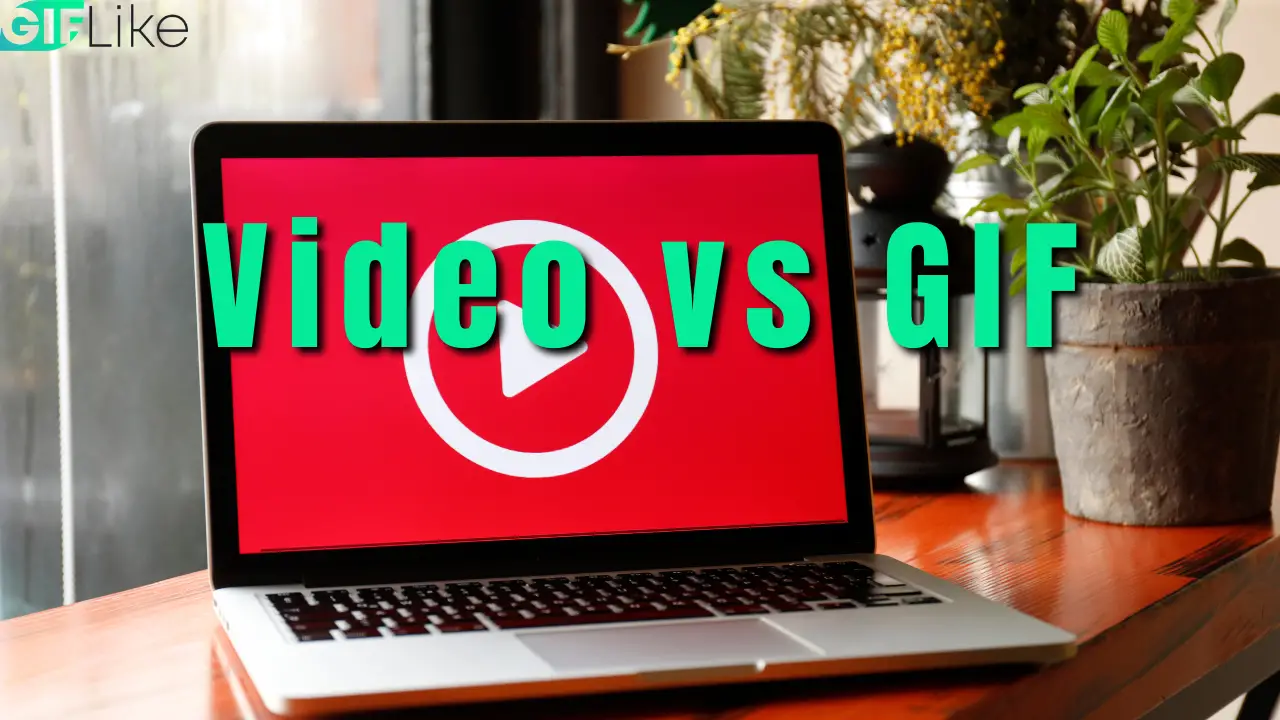I love this tool for creating amazing gifs on the fly. Check it out here
Do you want to add a GIF to your HTML page? It’s easy to do, and there are many benefits to using GIFs on your website. In this blog post, we’ll teach you how to add a GIF in HTML. We’ll also discuss the benefits of using GIFs on your website and provide some tips for choosing the right GIFs. So, whether you’re new to HTML or just want to learn more about adding GIFs, read on!

How to add GIF in HTML
Adding GIFs to your HTML pages is a great way to add visual appeal and interest. In this tutorial, you will learn how to add GIFs using the HTML img tag. You will also learn some tips on optimizing your GIFs for faster loading times. Let’s get started!
Adding GIFs to your HTML pages is a great way to add visual appeal and interest. In this tutorial, you will learn how to add GIFs using the HTML img tag. You will also learn some tips on optimizing your GIFs for faster loading times. Let’s get started!
The img tag is used to embed images in HTML documents. The gif file format is best suited for graphics with few colors, such as line drawings, logos, and simple cartoons. When using the img tag to display a GIF image, you can use the width and height attributes to specify the size of the image in pixels. You can also use the align attribute to align the image on the page. For example:
<img src=”sample.gif” width=”100″ height=”100″ align=”middle”>
This code would display the sample.gif image in the middle of the page, with a width and height of 100 pixels each.
If you want to make your GIF images load faster, there are a few things you can do. First, try using an online image compressor such as TinyPNG to reduce the file size of your GIFs. You can also use CSS sprites to combine multiple GIF images into one larger image. This reduces the number of HTTP requests made and therefore speeds up loading times.
That’s all there is to it! Now, let’s take a look at some of the benefits of using GIFs on your website.
Benefits of using GIFs on your website
1. They’re attention-grabbing
GIFs are a great way to grab attention. People are more likely to notice and remember something if it’s moving. This is why GIFs are often used in marketing and advertising.
2. They can convey an emotion
GIFs are also a great way to convey emotion. Have you ever seen a funny GIF that made you laugh out loud? Or a heartwarming GIF that made you feel all warm and fuzzy inside? GIFs are a great way to add some emotion to your website.
3. They’re versatile
GIFs can be used for a variety of purposes. You can use them to show off your product, demo a feature, or just add some fun and personality to your website.
4. They’re easy to make
There are many online tools that you can use to create GIFs, such as Giphy or Imgur. You can also find free GIFs online.
Now that you know the benefits of using GIFs, let’s take a look at some tips for choosing the right GIFs for your website.
Tips for choosing the right GIFs for your website
1. Make sure the GIF is relevant to your content
The first and most important tip is to make sure the GIF is relevant to your content. If you’re writing a blog post about cats, for example, don’t include a GIF of a dog. It’s important to choose GIFs that add to the overall message of your content.
2. Avoid using too many GIFs
While GIFs can be great, it’s important to avoid using too many of them. Too many GIFs can make your website look cluttered and overwhelming. Choose a handful of relevant GIFs and use them sparingly.
3. Use high-quality GIFs
When choosing GIFs, it’s important to use high-quality ones. Blurry or low-resolution GIFs can make your website look unprofessional. Stick to GIFs that are clear and sharp.
4. Make sure the GIF is properly sized
The final tip is to make sure the GIF is properly sized. If a GIF is too small, it will look pixelated and low-quality. If it’s too large, it will take up too much space on your website and slow down your page loading time. Find a balance between quality and file size when choosing GIFs.
Tips On How To Make Your Gifs Load Faster In HTML
By following the tips in this tutorial, you can make sure your GIF images load quickly and look great.
1. Make sure the GIF is optimized
When you save a GIF file, it’s important to make sure that the file size is as small as possible. The smaller the file size, the quicker it will load. There are a few ways to optimize a GIF:
- Reduce the number of colors: This will make the file smaller, but it may also make the image look blocky.
- Reduce the size of the image: A smaller image will have a smaller file size.
- Use a tool like GIFCrunch to further reduce the file size: GIFCrunch is a free online tool that can help you reduce the file size of your GIFs.
2. Use a CDN
If you’re using a GIF on a website, it’s a good idea to host the GIF file on a content delivery network (CDN). A CDN is a network of servers that helps deliver content to visitors. When you use a CDN, the GIF will be delivered from the closest server to the visitor, which will help improve loading times.
Some popular CDNs that you can use to host your GIFs include Cloudflare and Amazon CloudFront.
3. Use an animated GIF compressor
If you want to further reduce the file size of your GIF, you can use an animated GIF compressor. There are a few different compressors available, but we recommend using GIF compressor. It’s a free online tool that can help you reduce the file size of your GIFs by up to 80%.
4. Use an image format other than GIF
If you’re looking for an alternative to the GIF format, there are a few other options that you can use. One option is the WebP format, which is supported by Google Chrome and other browsers. Another option is the JPEG XR format, which is supported by Microsoft Edge and other browsers.
Conclusion
Adding GIFs to your HTML is a great way to add some fun and excitement to your web pages. They can also help you communicate ideas or concepts more effectively. In this article, we’ve shown you how easy it is to add GIFs to your pages using the <img> tag. We’ve also provided a few tips on how to choose the right GIFs for your page and how to make sure they load quickly.







